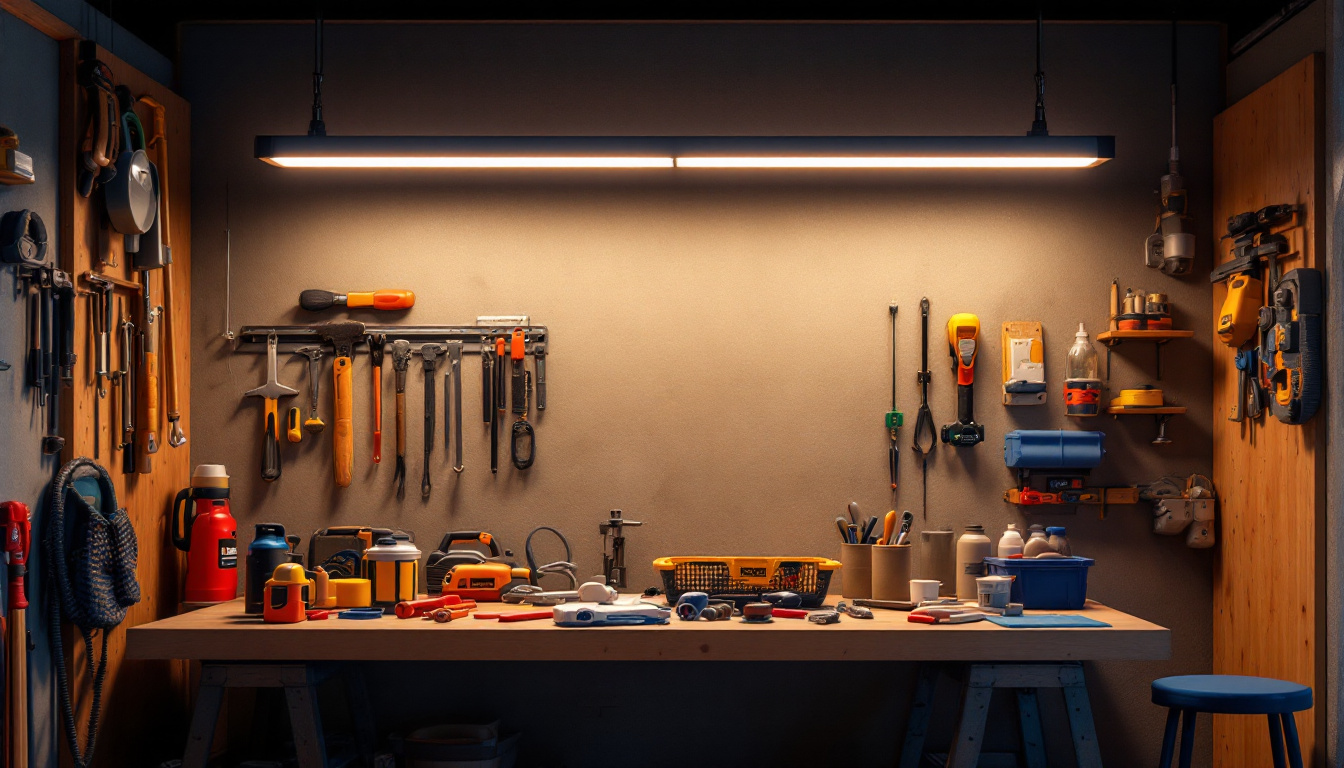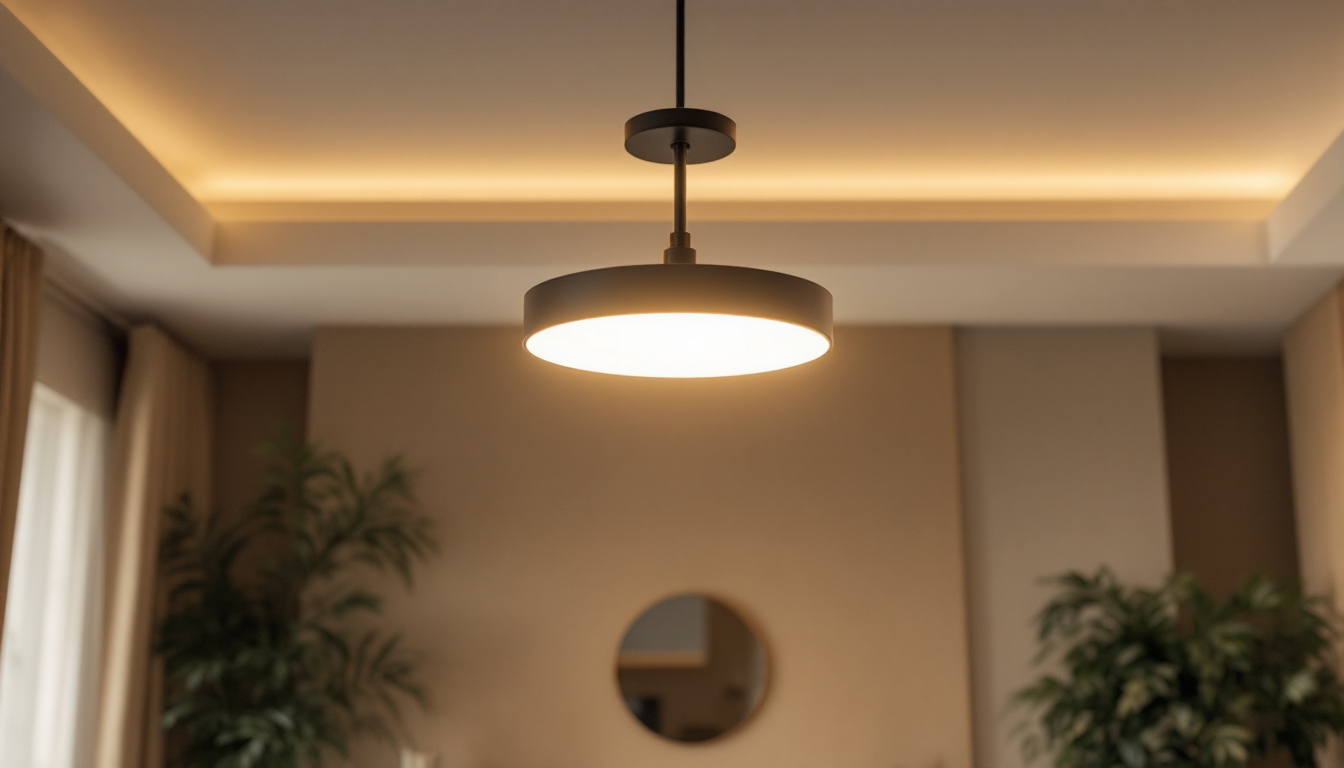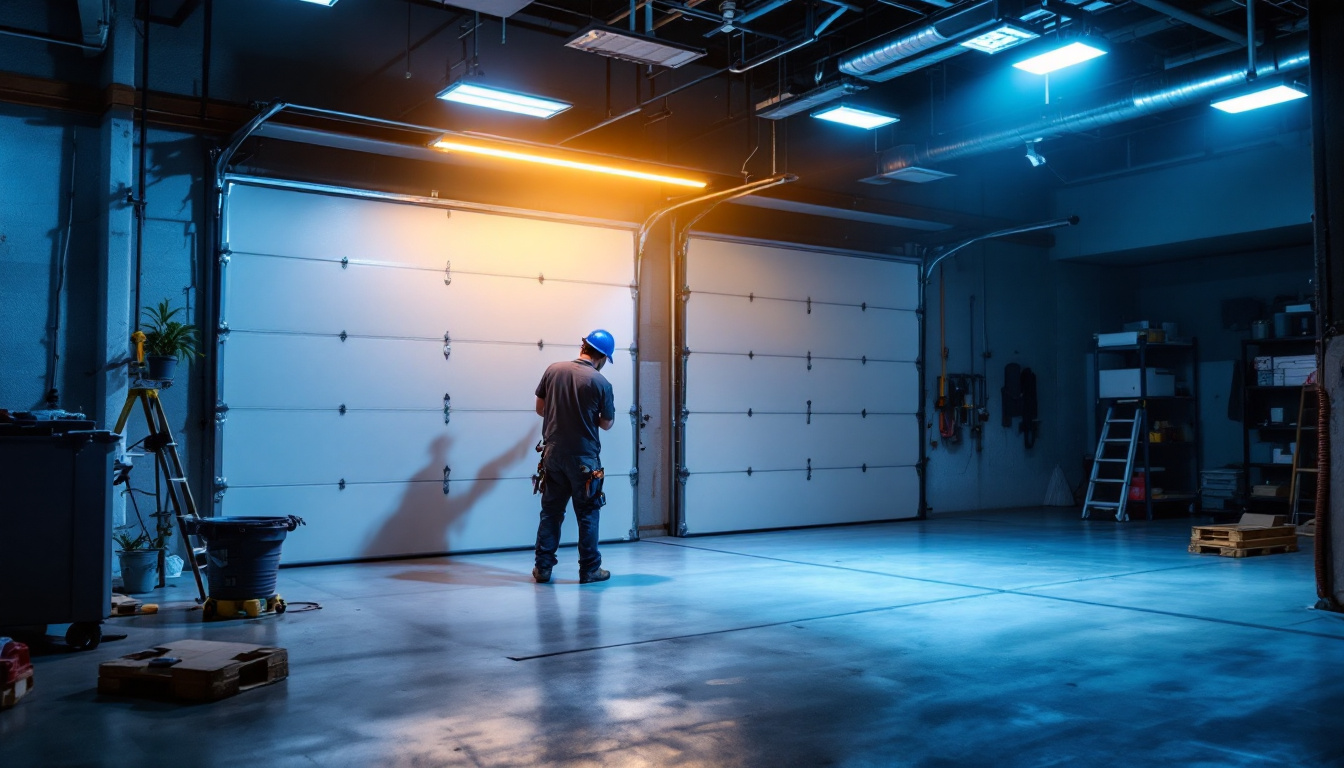

In the ever-evolving world of lighting design and installation, the use of 4 ft LED light fixtures has gained immense popularity among contractors. These versatile fixtures not only provide efficient lighting solutions but also cater to a wide range of applications, from commercial spaces to residential settings. However, ensuring a successful installation requires careful planning and consideration. This article serves as a comprehensive checklist for lighting contractors, outlining essential factors to consider when working with 4 ft LED light fixtures.
Before diving into the checklist, it’s crucial to grasp the fundamental aspects of 4 ft LED light fixtures. These fixtures typically come in various styles and configurations, making them suitable for different environments. Understanding their specifications, benefits, and applications can significantly enhance the installation process. Whether you’re upgrading your home, outfitting a commercial space, or simply looking to improve energy efficiency, knowing the ins and outs of these lighting solutions is essential.
In addition to their versatility, 4 ft LED light fixtures are increasingly popular due to their eco-friendly nature. As the world moves towards sustainable practices, LED technology stands out as a frontrunner in reducing energy consumption and waste. Many manufacturers are now focusing on producing fixtures that not only meet energy efficiency standards but also utilize recyclable materials, further contributing to a greener planet. This holistic approach to lighting not only benefits the environment but also aligns with the growing consumer demand for sustainable products.
4 ft LED light fixtures are designed to replace traditional fluorescent tubes, offering improved energy efficiency and longevity. Most models feature a slim profile, which allows for easy installation in tight spaces. Key specifications to consider include:
The transition to LED technology offers numerous advantages over traditional lighting solutions. These benefits include:
Moreover, many modern LED fixtures come equipped with advanced features such as dimming capabilities and smart technology integration. Dimming options allow users to adjust the brightness according to their needs, creating a more personalized lighting experience. Smart LED fixtures can be controlled remotely via mobile apps or integrated into home automation systems, offering convenience and energy savings. This adaptability makes them an excellent choice for both residential and commercial applications, catering to the evolving demands of modern lighting solutions.
Having the right tools and equipment is vital for any lighting installation project. Below is a list of essential items that every contractor should have on hand when working with 4 ft LED light fixtures.
Before beginning any installation, ensure that the following tools are readily available:
Safety should always be a priority on any job site. Equip yourself with the following safety gear:
Installing 4 ft LED light fixtures requires a systematic approach to ensure optimal performance and safety. Follow this step-by-step guide to streamline the process.
Before beginning the installation, it is essential to prepare the work area:
Once the preparation is complete, follow these steps to mount the fixture:
After installation, it is crucial to test the fixture:
Adhering to local codes and regulations is paramount in any lighting installation project. Understanding these requirements can help avoid legal issues and ensure safety.
Each region has specific electrical codes that govern lighting installations. Familiarize yourself with these codes to ensure compliance. Key aspects to consider include:
Some installations may require permits, especially in commercial settings. Check with local authorities to determine if a permit is necessary for your project. This may include:
To ensure the longevity and optimal performance of 4 ft LED light fixtures, regular maintenance is essential. Implementing a maintenance schedule can prevent issues and extend the lifespan of the fixtures.
Dust and debris can accumulate on fixtures, reducing their efficiency and brightness. Regular cleaning can mitigate this issue:
Conducting periodic inspections can help identify potential issues before they escalate:
Not all 4 ft LED light fixtures are created equal. Selecting the right fixture for a specific project can significantly impact the overall outcome. Consider the following factors when making your choice.
Different applications may require varying levels of brightness and color temperature. Assess the needs of the space:
The design of the fixture can also play a crucial role in its effectiveness and appeal:
In the realm of lighting installation, 4 ft LED light fixtures stand out as a versatile and energy-efficient choice. By following this comprehensive checklist, lighting contractors can ensure successful installations that meet client needs while adhering to safety regulations. From understanding specifications and gathering essential tools to navigating compliance and maintenance, each step plays a vital role in the overall success of the project.
By staying informed and prepared, contractors can enhance their expertise and deliver high-quality lighting solutions that not only illuminate spaces but also contribute to energy savings and sustainability. Embracing the advantages of LED technology will undoubtedly position contractors as leaders in the ever-evolving lighting industry.
Ready to elevate your lighting installations with the best in the business? Look no further than LumenWholesale for all your 4 ft LED light fixture needs. Our commitment to quality, affordability, and convenience ensures that you have access to spec-grade lighting products at wholesale prices that simply can’t be beaten. Say goodbye to middleman markups and hello to a vast selection of industry-standard lighting solutions. Plus, with free shipping on bulk orders, you can stock up on premium lighting without worrying about hidden fees. Don’t compromise on your lighting projects—choose LumenWholesale for the perfect blend of performance and value. Wholesale Lighting at the Best Value is just a click away.

Discover the hidden pitfalls of purchasing electrical supplies and mounting kits in bulk from local distributors.

Discover the essential insights every lighting contractor needs to know about ceiling light fixtures.

Discover why opting for local distributors might not be the best choice when purchasing gooseneck and barn lights in bulk.

Discover how LED lights are revolutionizing garage projects for lighting contractors.
Get notified when NEW deals are released.
Optimize your budget with wholesale discounts.
Only top-quality, specification-grade lighting products.
No additional costs at checkout - what you see is what you pay.
We understand the unique needs of contractors.